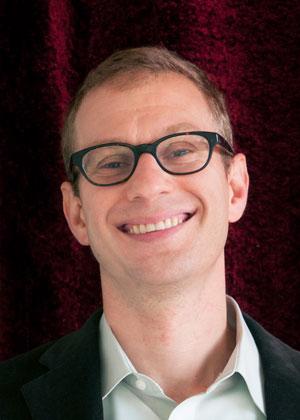Peter Selkin, Ph.D.

About
Degrees
Introduction
My career in geoscience began as an undergraduate researcher, looking at the structure of deep ocean crust. As part of that project, I used paleomagnetic and rock magnetic tools to investigate the magmatic "plumbing" of a mid-ocean ridge system. Later, as part of my PhD, I used some of those same tools on similar rocks to describe changes in Earth's magnetic field over billion-year time scales. Now, as a faculty member in environmental science, I have shifted to studying environmental change over Cenozoic to contemporary time scales, but continue to use rock magnetism and paleomagnetism.
Current Research
Research in my lab uses the physics and chemistry of the iron oxide minerals to reconstruct our planet’s past, from surface environments to the deep Earth. See my lab's website for details.
Research and/or Educational Speciality
Geophysics
Environmental and Rock Magnetism